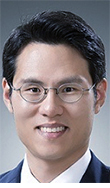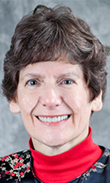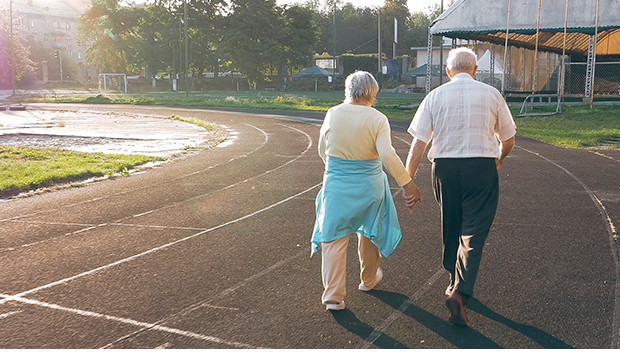Planning prof eyes factors influencing senior walking

Chanam Lee

Jaewoong Won

Marcia Ory
People older than 60 are more likely to meet federal walking recommendations if they have younger neighbors or a human or animal companion to walk with, according to a study by a research team that included Chanam Lee, Texas A&M professor of [urban planning] (http://laup.arch.tamu.edu) , and Jaewoong Won ‘09, a former [Ph.D. in Urban and Regional Sciences] (http://laup.arch.tamu.edu/academics/graduate/ursc/) student.
In the study, published in the journal [BMC Geriatrics] (https://vitalrecord.tamhsc.edu/the-best-medicine-promoting-physical-activity-in-older-adults/) , 272 people between age 60-92 in four Texas communities responded to a survey, noting the frequency of their physical activity and factors affecting their activity levels. Lee and Won aided the study’s conception and planning, data acquisition, analysis and interpretation.
“For older adults, it’s important to look at walking, since it is the most common form of physical activity for that age group,” said Marcia Ory, one of the researchers, a regents and distinguished professor of health promotion and community health services at the Texas A&M School of Public Health.
Although 60 percent of the study’s subjects reported walking at least three times a week, only 28 percent of them met a Center for Disease Control recommendation to walk at least 150 minutes per week.
Interactions between survey respondents and their neighbors, such as watching or speaking with walkers and bicyclists, led to more frequent walking. Social support, such as a human or animal walking partner, made meeting the CDC recommendations more likely.
Those less likely to meet the CDC guidelines, the study showed, were younger, with poorer mental health.
These findings, said Ory, can help older adults understand how environmental conditions and mental health affect activity levels, and encourage them to reduce barriers and embrace behaviors that keep them active.
Additional project researchers included Samuel D. Towne, Jr., Texas A&M assistant professor of health promotion and community health sciences, and Samuel N. Forjuoh, a family practice physician in Temple, Texas.
Richard Nira
rnira@arch.tamu.edu
Tags
Related Posts

Oct. 29 symposium spotlights college, faculty research

Poorly maintained walking surfaces hinder elderly fitness

Oct. 23 symposium spotlighted college, faculty research

Profs studying new transit mode’s effect on walking habits
Follow Us
Facebook Twitter Vimeo Youtube Flickr RSS
Recent Posts

Planning prof heads study of disaster housing aid

A message from the dean

Former student remembered as expert planner

Leading educator named new head of Architecture Dept.






_thumbnail_small.png)
